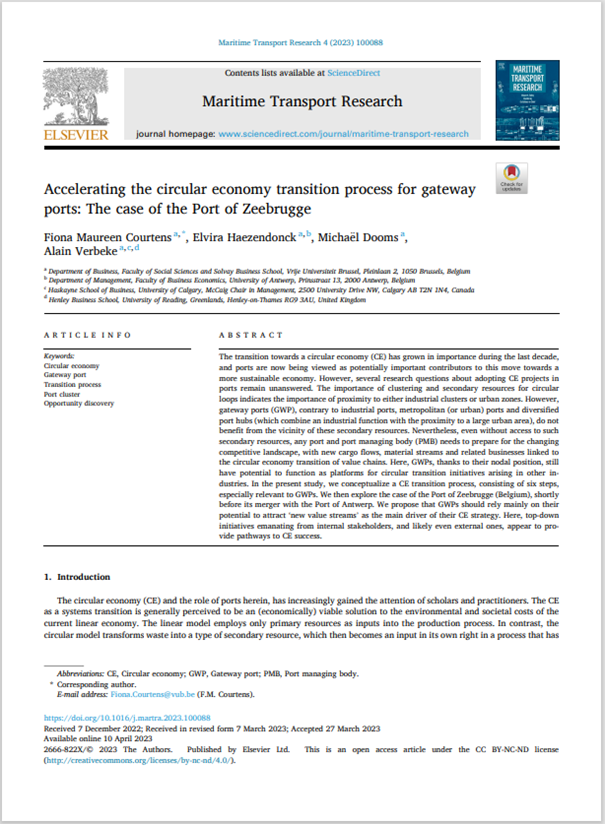Making insights actionable
The negotiation of port concessions allows Port Management Boards (PMBs) and public authorities to (re)negotiate the terms of engagement for port activities. Open invitations to bid on concessions can create conditions for competition and innovation.
“Port Economics, Management and Policy” (Chapter 3.2) presents a number of variables for ports to consider when defining port concessions. This insight presents conditions that can be defined in concession agreements.
Condition of the concessions
PMBs can use a range of conditions to increase the value of the site.
- Concession periods. Port operators requiring large investments are inclined to prefer long concessions. PMBs that want to have control over their land may prefer short concessions to allow for change if necessary.
- Release of land. Concession can be awarded all at once, or can be released to the concession holder over a series of phases. The former suits the operator while the latter gives more control to the PMB.
- Control of the land. The PMB can also determine if the concession can be divided or sublet to others. A site that can be sublet provides greater level of flexibility for the operator.
- Type of activities. The type of activity can be fixed within the contract, stipulating that the activity, or a certain portion of it, is focused on the circular economy.
The concession awarding procedure
A competitive environment during the concession bidding process can provide the conditions for interested parties to develop innovative and ambitious proposals. An example of this is the Port of Antwerp-Bruges and NextGen District, where a competitive tender resulted in an innovative operator establishing on the port to develop an ambitious project on plastics. Competitive tendering may not always be effective, especially when the conditions are limiting or where long-term concession holders feel intimidated.
Financing
The financing or investment process could involve co-financing or partnering with the public sector or a PMB in the form of a Public Private Partnership (PPP) or similar. This can help reduce risks or allow businesses to be more ambitious. For the circular economy, this could mean co-investment in new and risky technology and infrastructure. For example, the Port of Brussels invested in the construction of the MPro material village which meant that the private operator was obliged to accept delivery of materials by water instead of by land.
Financial instruments
PMBs can police or stimulate concession holders based on financial carrots or sticks. Carrots may include reductions in concession fees, or cash. Sticks may include fines, increase concession rates or even revoking the concession.
The Port of Brussels, an inland port, is a prime example of how concessions stipulate circular economy priorities and therefore have attracted port operators that the city depends on for resource management. For ports that are plugged into competitive global supply chains, a study titled the “Accelerating the circular economy transition process for gateway ports: Port of Zeebrugge case”, looked at the challenging task of motivating larger ports that compete on a global scale.


